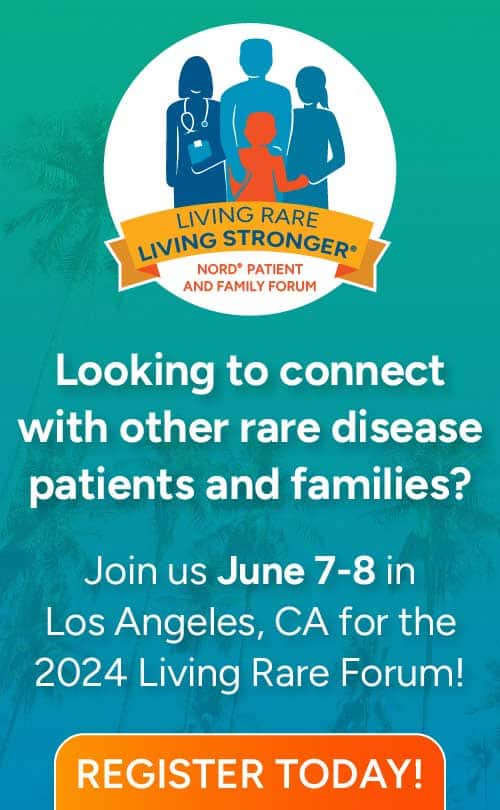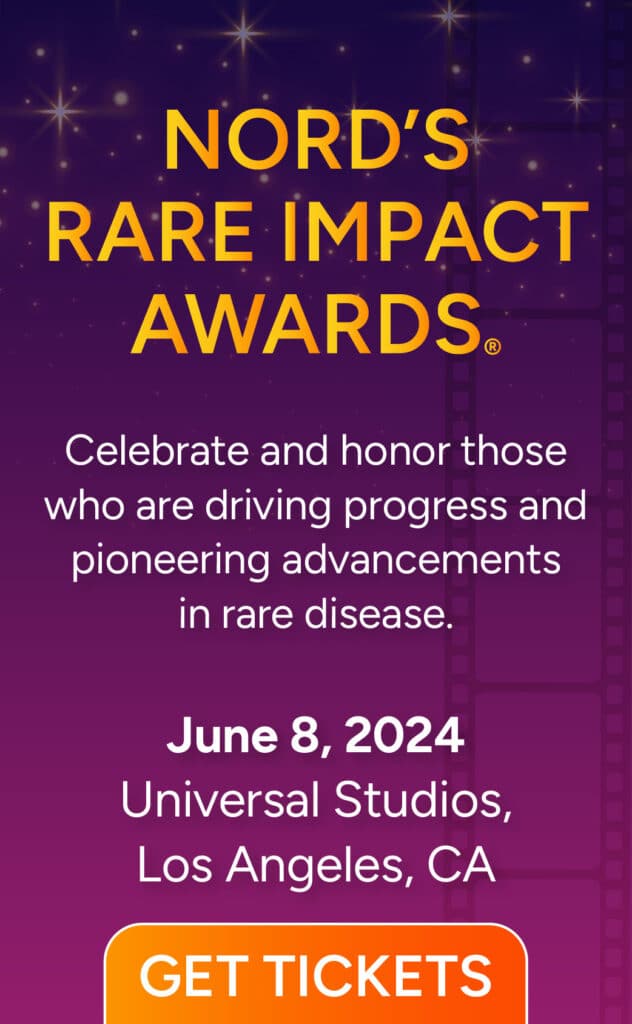Six months after her daughter Evan Claire was born in 2008, Annette De Bow, 48, of Davis, CA was diagnosed with polycythemia vera (PV), one of a closely related group of rare and progressive blood cancers called myeloproliferative neoplasms (MPNs). Feeling alone and shell-shocked, she turned inward and felt a terrible sense of isolation knowing that she had a rare condition that few others could relate to.”
But Annette eventually found support through the MPN Research Foundation, one of NORD’s more than 200 member organizations. When she discovered how little money was available for MPN research and patient support, she found her voice. Combining her passion for outdoor adventure with her desire to make a difference, Annette started Treks for a Cure and has now backpacked twice across the High Sierras on month-long hikes which, combined, have raised nearly $60,000 for MPN research.
Read Annette’s personal story about what it’s like to live with a rare disease and why being an MPN advocate has been such an incredibly rewarding journey for her.
After my daughter Evan was born, I couldn’t understand why anyone would ever want to go through more than one pregnancy. I was so fatigued I couldn’t walk up a flight of stairs. I had a constant ringing in my ears, dizziness and visual disturbances. I weighed considerably less than before I was pregnant.
At the time, I thought these symptoms were not unusual for a sleep-deprived new mother. Then I took Evan in for her six-month check-up. She was fine, but our family doctor noticed how thin and pale I looked and ordered a blood test. After more tests, I was diagnosed with polycythemia vera (PV), one of three closely related rare blood cancers called myeloproliferative neoplasms (MPNs). The other two MPNs are essential thrombocythemia (ET) and myelofibrosis (MF).
My husband and I were shocked. My family who saw me as, “the healthy one who takes care of herself” was also surprised. One of the first things I did after my diagnosis was to research and learn everything I could about PV and MPNs. I soon learned that MPNs can strike anyone regardless of age and that fatigue is the most common symptom. MPNs have no cure and their causes and risk factors are not known.
Through my quest for information, I found the MPN Research Foundation, whose purpose is to stimulate research to develop new treatments, and eventually a cure, for MPNs. But it’s also a community where people with MPNs can learn about living with a rare disorder and share their experiences. . It offers these patients helpful information, a connection to others like them — and hope.
That was important for me, because initially I felt so isolated. My joy in being a new parent was dampened by my grief. The first year was a blur of doctor visits and phlebotomies, which I had every few weeks when my red blood cell counts were too high. I remember how scary it was when I went to a cancer center for the first time. In early 2010, I started on a medication called hydroxyurea, which is a type of chemotherapy. I like to think of it as “chemotherapy light.” I still take it every day and fortunately do not experience many side effects.
Once the shock wore off and my disease became more manageable, I realized that if I wanted to help myself and others in the MPN community I had to reach out. This was hard, because when you have a rare disease, you’re inclined to turn inward, to distance yourself. But I knew that the best way for me to combat this deadly disease was to raise money for the MPN Research Foundation. Since MPNs and other rare disorders are considered orphan diseases, they do not attract the research dollars they need. If I didn’t do something about this, who would?
So I decided to organize my first Trek for a Cure in the summer of 2010. I’m an avid backpacker, so I fulfilled one of my lifelong dreams by taking a month-long, 240-mile hike of the John Muir Trail through the High Sierras. I hesitated before pushing the button to publish my website, not sure if I wanted to share my “secret” with the world. Then, when I did it, I remember thinking, “There. It’s out there. This is the disease I have. Let’s find a way to cure it and help people manage it.”
The support was simply incredible! Friends, family and supporters joined me for several days or a week at different points along the trail. So did Audrey Hicks, another patient with PV who flew in from Canada. We received donations from patients and families from all over the world. By the time I reached the summit of Mount Whitney, we had raised $30,000.
Last summer, I did my second 200-mile trek in the High Sierras, which to me is the most gorgeous place in the world. We again raised almost $30,000, which is all being used to directly fund research in cooperation with the MPN Research Foundation.



